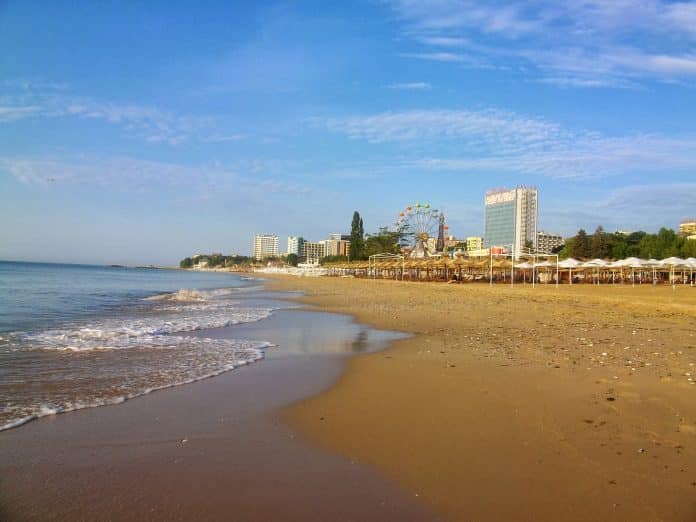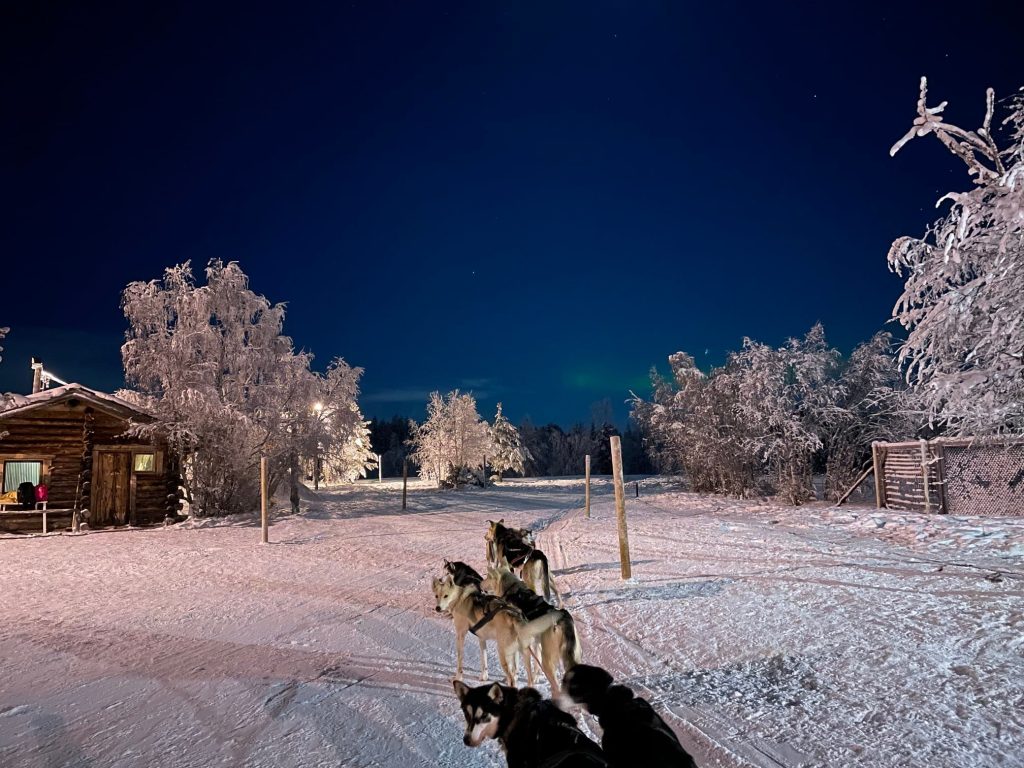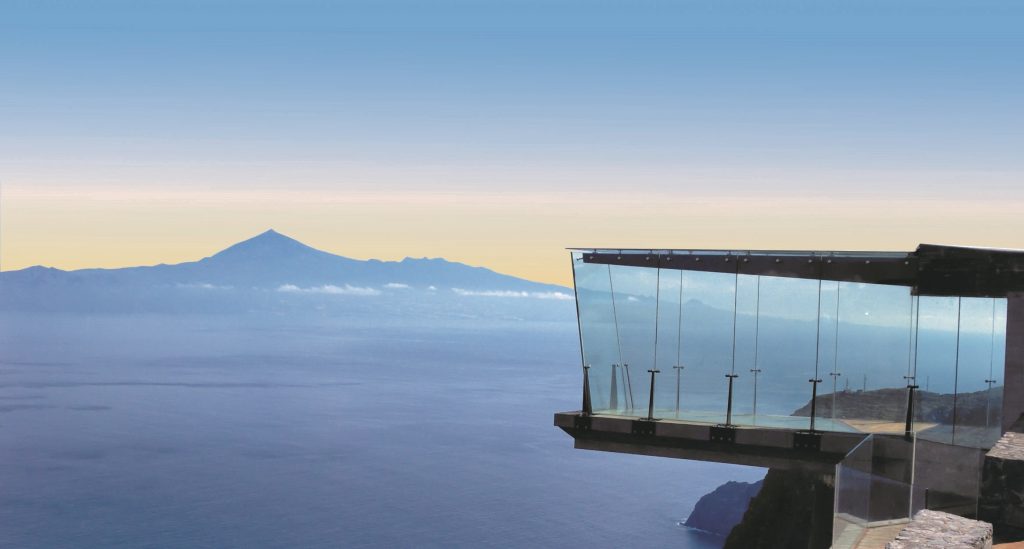Beekeeping With Oakdale Bees
When we look back over the past twelve months something we can probably all agree upon is the positive effect that nature has had on our lives. We have learned to appreciate those simple things in life. The fresh air, the glorious countryside and the diverse variety of wildlife are on our very doorstep.
The impact mother nature has had upon us at a time when our movement has been so restricted has helped not only our health, and our well-being but perhaps most importantly, our state of mind.
One of the past year’s most fashionable phrases and used by those pre-programmed politicians and marketing folk has been “the green shoots” of recovery. Yes, we are all desperate for those positive indications of change, however, let’s not forget where we would have been without the green shoots in our countryside. Those invigorating walks, the parks in which to meet, the bird song, the flowering shrubs and that previously taken-for-granted British wildlife to raise a smile and to take us to a happier less stressed place in our crazy upturned lives.
A Miniature Hero
A vital cog in Mother Nature’s wheel and one that brings enjoyment to many, yet also fear and trepidation to others, is the complex, fascinating and downright rather bonkers world of the honeybee.
In recent years we have all become aware of the alarming decline in our bee population due to loss of habitat, disease, climate change, invasive species and those nasty pesticides. As a result, we are now encouraged to purchase bee-friendly plants and prepare bug enticing habitats and we are warned of the dangers of applying chemicals in our gardens.
Despite all of these challenges, the bee remains the gardener’s friend due partly to the fact these little characters, along with other pollinators like butterflies and moths, play a huge part in the reproduction of 80% of Europe’s plant species.
As a lover of insects and in particular bees I was therefore delighted to be invited recently by Oakdale Bees in Windsor, Berkshire to attend one of their “Beekeeping Experience Days” where I was allowed to understand more about beekeeping and the charming honeybee – one of natures miniature heroes.
The Story So Far
Some of life’s hidden treasures are often found at the end of a narrow, winding, country lane and sure enough, the directions to Oakdale Bees involved just such a journey deep into their rich green four-acre site. Amongst a wooded backdrop and a chorus of birdsong, I was greeted by our host and the owner of Oakdale Bees, Elisabeth, as well as a small flock of rather amusing and characteristically upright, Indian Runner Ducks.
Upon arrival and after a few health and safety formalities we soon learned of some of the other wildlife that frequents this wild haven including Priscilla the Blue Parrot which has been known to guard over poorly ducks and a family of white doves currently in the process of moving home.
Eleven years ago, Elisabeth and her husband Mark, with backgrounds in the hotel and special effects industries took over the kennels and cattery that is part of the site.
As if this was not enough, Elisabeth also had a desire and a passion to keep bees as a hobby so following detailed research she signed up to a beekeeping course. She was soon hooked and subsequently teamed up with apiarist, Ken, who was to become her “Bee Buddy” and someone whom she could bounce ideas off, get help with some of the more physical aspects of the pastime and share experiences as she learned the art of beekeeping.
A diploma in beekeeping followed, a swarm was acquired, a flight path to developing their passion was mapped out and work started on creating a bee-friendly habitat amongst their meadows and trees. A Bee Barn was constructed and tastefully decorated with hand-painted drawings of local wildlife. Furnishings were added both to the interior and outside terrace all to ensure that time spent at the Bee Barn was both comfortable and at one with nature.
So after a gentle stroll from the car park, both myself and five other budding “Apiarist Newbies” gathered at this very Bee Barn for the start of our “Introduction to Beekeeping” Experience Day.
Introductions
With coffee and a selection of cakes that Delia would be proud of, Elisabeth outlined the plans for our day and formally introduced us to the fully suited and booted Ken, her bee buddy. She then invited each of us guests to make our introductions.
Some of the guests wanted to get a feel for beekeeping and understand if it was really for them. Could they take that next step and start keeping bees in their garden or allotment – what was involved, how much would it cost, did they have the space and how would the neighbours react?
Another guest was challenging herself as she had a fear of bees – a Melissophobia to be more precise. I found this both fascinating and inspiring.
One guest worked at a school so was considering ways to use an area of land which could include a hive and play a part in educating kids on the values of nature and the countryside.
Others were here just to learn and enjoy a fun day out.
Beekeeping – Then & Now
As Elisabeth started to introduce us to the basics of beekeeping it soon became obvious that she has a real passion and love for the bees. She finds the whole experience rewarding and although Oakdale Bees is a small independent business she is undoubtedly doing it for the welfare of her bees which is so refreshing.
She explained with sadness how the demise of the bee in recent years has been due to loss of habitat, hedgerows, natural meadows and also a reduction in the number of beekeepers themselves.
Back in World War Two honey was a popular source of sugar but today there are no sugar shortages and due to intensive farming there are 75% fewer beekeepers than back in those days.
One fact I found incredible was that 90% of the UK’s honey that you see on our supermarket shelves comes from….. wait for it… China. If ever there was a reason to take up beekeeping or track down your local beekeeper then this is it.
What’s more when you buy this mass-produced honey much of it is typically filtered, blended and pasteurised so much of the natural goodness has been removed.
There are over 16,000 known species of bee worldwide with 270 of those in the UK but many under threat. The main bee species that exist in the UK include Bumblebees, Mason Bees, Carpenter Bees and of course, the Honeybee. The domesticated honeybees kept here at Oakdale are the Buckfast variety as in the Abbey in Devon.
The Structure of the Beehive
Wild honeybees would naturally build their nests in dead tree hollows or dry stone walls and often these will be near to a source of water. As a little tip for all you budding gardeners, try placing a small bowl in your garden and adding some stones so the bees can perch to drink.
We however were here to learn about keeping domesticated honeybees and a very important aspect of the day was to understand the structure of a hive which is divided into seven segments.
From bottom to top:
1. Hive Stand – This is the base that raises the hive off the floor to help keep it dry.
2. Bottom Board – The floor of the hive and containing the hole where the bees will come and go.
3. The Brood Box – This is effectively the living quarters for the queen and where she will lay her eggs in the hanging frames that we are all familiar with. Eggs take 3 days to turn into larvae where they are fed by queen bees. After another 3 days, they reach their full size and the cell is capped with wax. In another 14 days, the larvae pupate into a fully formed bee and break their way through the wax.
4. Queen Excluder – This is a flat section which remarkably has holes just big enough to allow the workers to pass through but not the larger queen who is only allowed in her brood chamber.
5. Supers – The next section is the area the queen cannot access and contains frames where the workers make the honey but it is not “contaminated” with eggs laid by the queen. They are called supers as they are elevated above the brood box and considered superior.
6. Inner Cover – This helps to provide insulation and ventilation.
7. Cover – a lid that wraps around the inner cover providing additional protection from bad weather.
A Lifecycle of a Bee
Within the honeybee family, there consists of one Queen, Female Workers, Male Drone bees and Larvae (the baby bees). Now the life cycle of these bees is fascinating and another part of the day is explained in great detail using excellent visual displays. One particular aspect which was somewhat disturbing to the male humans in the bee barn as well as a source of amusement to the females, is the life cycle of the male drone bee. If I was to say that his sole purpose in life was to mate you may not think that’s too bad a gig. However when you understand that he performs his rather explosive act with such vigour that his penis remains inside the queen, causing his abdomen to rupture and his life to end. Then along comes one of his pals (another drone) – who removes his leftover parts from the queen and performs the same process! What can I say – I guess it’s not such a bad way to go really.
The Bee Calendar
So having understood the history, the hive, the types of bees and their lifecycle we then needed to get a grip on the bee calendar which runs from the shortest day to the longest day of the year.
December – Around 3,000-5,000 bees congregate around the Queen bee in the brood box of the hive and flap their wings to generate warmth. As we approach the 22 December – the shortest day of the year she prepares to lay her eggs. The Beekeeper will not open the hive between December and late February.
January/February – The Queen will increase her output of eggs and if the weather is over 10 degrees then bees will go out to forage for food and energy thus helping them to create warmth.
March – As the temperature warms the Queen will be laying up to 1,000 eggs per day. At this time the Bee Keepers’s work starts with weekly inspections to ensure they have a healthy hive as well as to ensure equipment is ready for the season ahead.
April – The egg-laying process increases to up to 1,500 eggs per day.
May – In May there is a level of surface honey which can and should be collected by the beekeeper as space is very important for the bee.
June – As we approach the longest day of the year 22nd June the queen is laying 2,000 eggs a day and a hive may contain an incredible 60,000 bees however from that moment she will start to reduce her output and the number of bees will subside.
August /September – This is the time for the collection of the wonderful summer honey.
October / November – Hives are treated for mite infections and prepared for the winter months ahead.
Honey Production
All honeybees whether wild or domesticated of course make honey as a source of food and as we all know honey is made from nectar. Popular plants that are rich in nectar and pollen include bluebells and snowdrops in the spring, lavender and rosemary in the summer, honeysuckle in the autumn and even ivy in the winter months.
Once the bees have placed this nectar into the hive they fan it with their wings to dehydrate it. Nectar is 20% sugar and 80% water so by dehydrating it they reduce the water content by 75%.
Honey is generally removed by a beekeeper a couple of times each year, in late spring and late summer, with some honey always left for the bees to feed upon over the winter months. If the beekeeper does not remove the honey then the hive will become full and the colony of bees will swarm.
Interestingly, my understanding was that when bees swarmed they were angry and a danger but all they were doing was looking for a new home.
Suited & Booted
With all of that information understood it was time to leave the Bee Barn, nip to the compostable Pee Pod and slip into something more comfortable as we donned our bee suits and headed into the meadow to see for ourselves what the Buckfast Bees of Oakdale were up to!
Ken and Elisabeth assisted, ensuring not only that you have the right size outfit but also two pairs of gloves to ensure none slip through the gaps up your sleeve. Apparently, no guest has ever been stung on a Bee Experience Day so we were in safe hands!
Speaking of which it was then over to Ken in his natty master beekeeper’s outfit and wielding a smoke can to introduce us to the procedures for entering the hive area.
Of course, there was time for a well-orchestrated and if I say so myself a rather glamorous group shot.
Up Close & Personal
Before long we were all huddled around a hive while Ken, with a puff of calming smoke, for the bees, not us, slowly took it apart. Of course, with our earlier tuition, each element of the hive made perfect sense.
His first task was to find the queen bee and after a few frames were removed the proud Queen complete with a coloured crayon mark on her back was identified for all to see.
Ken, who was slowly attracting more bees to his persil white attire, expertly answered questions and gave us more information while we all calmly watched amid an increasingly noisy bee hive. The troops were disturbed however they were not unhappy.
We were allowed to hold some of the heavy frames and as always I wanted a picture so nonchalantly passed a frame full of busy bees over to the guest to my right only to realise it was the lady with Melissophobia – a fear of bees. To her credit she took it all in her stride so after a few snaps and with the frame back in the safe hands of Ken we were able to have a giggle.
As well as this pen of hives we were shown several different types of hives set within the meadow including a new Australian plastic version with taps to drain the honey. New technology is coming to try to make things easier… however, sometimes I feel the old traditions are the best.
I enjoyed the information provided in the field especially after the classroom tuition as it all came together and made perfect sense. It was also a joy witnessing first-hand the care and attention that Ken gave to both his bees and also to us.
A Spoonful of Honey
We changed out of our bee suits and were then served up a delicious ploughman’s lunch together with of course, a spoonful of Oakdale honey all washed down with a choice of beer, wine or soft drinks.
Elisabeth closed our Beekeeping Experience Day by advising us that should we wish to further our interest then joining a local society would be a great step as would signing up for a course where you can co-manage a hive, but without the initial investment and commitment to buy.
If full Beekeeping was not for you then suggestions were made to make your garden more wildlife-friendly by placing piles of sticks and logs in a corner, planting wildflowers and of course avoiding the use of pesticides.
After a few more questions our day was almost over although we took a small detour en route back to the car park via a developing and beautiful bluebell wood that was in full bloom.
That’s a Wrap
Both myself and all of the guests thoroughly enjoyed our introduction to beekeeping and would highly recommend these fabulous experience days.
As a first taste of keeping bees, I found it to be extremely informative and will certainly make you appreciate the precarious life of the honeybee but also the good that small businesses like Oakdales Bees are doing to conserve and care for one of our most important species of wildlife.
Everything runs like clockwork. Both Ken and Elisabeth are such lovely welcoming and fun hosts, the Bee Barn is a joy and is set within beautiful countryside. The food was perfect and the bees…. well they did what all good busy bees do and put on a show for us newbies.
Beekeeping makes you learn the art of patience as a successful beekeeper is not created overnight. The benefits to your well-being and state of mind by being out in the fresh air and working with nature cannot ever be underestimated and one of the many reasons why we should all do our best to protect and cherish these animals whether it is as a fully-fledged beekeeper or simply as a gardener with a love and interest in our countryside.
Contact Information
Oakdale Bees is located near Windsor just a stone’s throw from Legoland and just off the M4 motorway at junction 6.
The Tarbay Centre,
Tarbay Lane,
Oakley Green,
Windsor,
Berkshire,
United Kingdom
SL4 4QG
Telephone: 01753 868816
E-Mail: info@oakdalebees.com
Website: www.oakdalebees.co.uk
The British Beekeeping Association
www.bbka.org.uk
The Bumblebee Conservation Trust
www.bumblebeeconservation.org





















